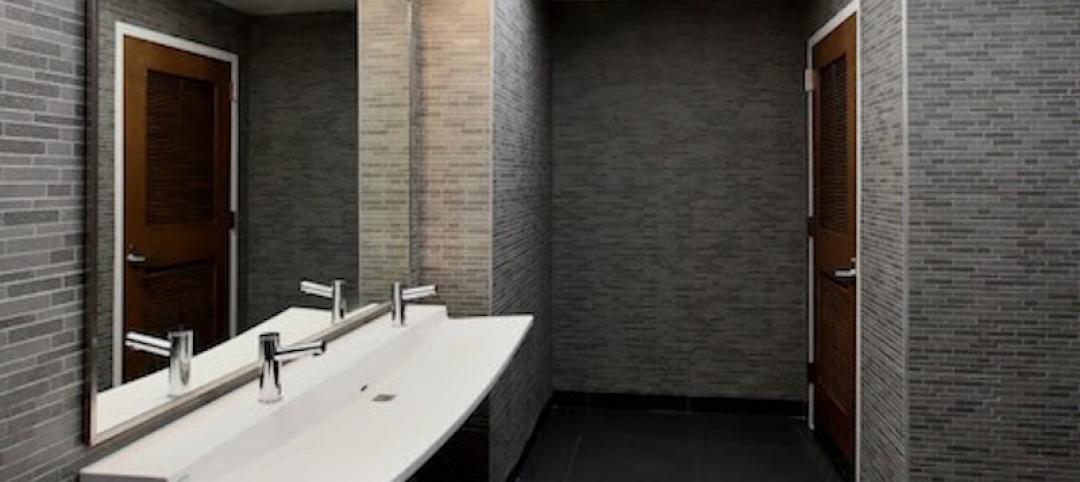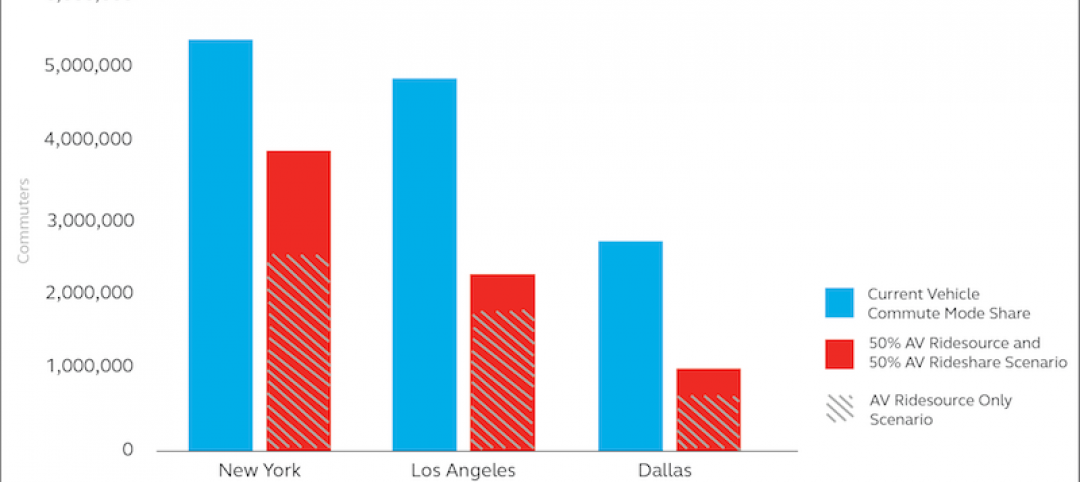The National Council of Architectural Registration Boards (NCARB) recently launched its annual data report, NCARB by the Numbers. The 2017 edition provides exclusive insight into the number of U.S. architects, the value of graduating from an accredited program, the time it takes to earn a license, and diversity in the profession.
Key findings from the latest edition, which is based on data from the 2016 calendar year, include:
- Over 8,100 licensure candidates completed the Architectural Experience Program (AXP) in 2016—an all-time high.
- On average, candidates take 4.2 years to complete the AXP.
- Around 4,300 candidates completed the Architect Registration Examination® (AR®) in 2016.
- Graduates from accredited architecture programs finish the ARE about five months sooner than their peers from non-accredited programs.
- Sixty-seven percent of candidates overlap their experience and exams—the largest percentage to date.
- On average, becoming an architect takes 12.5 years—from the time a student enrolls in school to the moment they receive a license. This marks the eighth year in a row the timeline to licensure has decreased.
- The pool of candidates working toward licensure is more diverse than ever before, and 36 percent of newly licensed architects are women.
- In 2016, there were 109,748 architects in the United States—a minimal drop from the previous year.
“Every year, the profession turns to NCARB by the Numbers for comprehensive and insightful data on the path to licensure,” said NCARB President Gregory L. Erny, FAIA, NCARB. “As our data analytic capabilities expand, we are now able to shine a light on intriguing, and sometimes controversial, topics—including improving diversity among practitioners and shortening the timeline to licensure.”
The findings are pulled from the nonprofit’s database of over 111,000 NCARB-certified architects and licensure candidates, making NCARB by the Numbers the most comprehensive source for licensure statistics.
To read the full report, explore interactive data charts, and download infographics, visit www.ncarb.org/NBTN2017.
Related Stories
Industry Research | Mar 24, 2017
The business costs and benefits of restroom maintenance
Businesses that have pleasant, well-maintained restrooms can turn into customer magnets.
Industry Research | Mar 22, 2017
Progress on addressing US infrastructure gap likely to be slow despite calls to action
Due to a lack of bipartisan agreement over funding mechanisms, as well as regulatory hurdles and practical constraints, Moody’s expects additional spending to be modest in 2017 and 2018.
Industry Research | Mar 21, 2017
Staff recruitment and retention is main concern among respondents of State of Senior Living 2017 survey
The survey asks respondents to share their expertise and insights on Baby Boomer expectations, healthcare reform, staff recruitment and retention, for-profit competitive growth, and the needs of middle-income residents.
Industry Research | Mar 14, 2017
6 ways cities can prepare for a driverless future
A new report estimates 7 million drivers will shift to autonomous vehicles in 3 U.S. cities.
Office Buildings | Mar 7, 2017
Large creative office projects generate staggering returns for property investors
A new Transwestern report examines the adaptive reuse trend across the U.S.
Industry Research | Mar 7, 2017
These are the 10 most expensive cities in the world to build in
Paris, Frankfurt, and Macau are all on the list, but none of them are more expensive than the city in the number one spot.
Office Buildings | Mar 2, 2017
White paper from Perkins Eastman and Three H examines how design can inform employee productivity and wellbeing
This paper is the first in a planned three-part series of studies on the evolution of diverse office environments and how the contemporary activity-based workplace (ABW) can be uniquely tailored to support a range of employee personalities, tasks and work modes.
Industry Research | Feb 15, 2017
Putting workers first should be every employer’s priority
The latest Sodexo report on workplace trends explores 10 factors that are impacting the global work environment.
Industry Research | Feb 13, 2017
How thought leadership marketing can generate referrals for your firm
The most effective way to boost your reputation is through thought leadership marketing.
Market Data | Feb 1, 2017
Nonresidential spending falters slightly to end 2016
Nonresidential spending decreased from $713.1 billion in November to $708.2 billion in December.
















